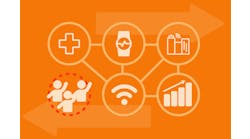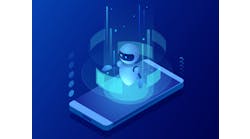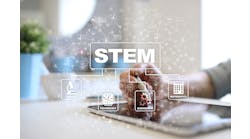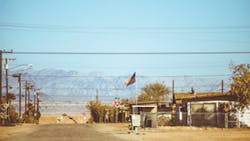Latest from WEB EXCLUSIVES
The FCC’s Proposed Changes to Lifeline Program Hurt Rural Americans —
The wireless industry, particularly those involved in the Lifeline program for low income Americans, faces a number of threats based on changes proposed by the FCC. These changes threaten to reduce the number of Lifeline carriers as well as limit the ways that consumers can verify their eligibility and enroll in the program. So, do these changes benefit the Americans whose interests the FCC is charged to protect? Not even close.
Seniors rely on Lifeline, and signing up may become more difficult.
People at the bottom of the economic ladder will suffer. And rural Americans, who already struggle to keep up in the wireless world, will likely fall even farther behind.
Challenge I: Choice
In 2017, wireless carriers of all sizes were stunned by the FCC’s proposed changes to eliminate resellers from the Lifeline program. Resellers buy bandwidth from facilities-based network operators, and currently serve 70% of the low-income families enrolled in the program.
The proposed change would dramatically limit Lifeline users’ choices, and for some, eliminating resellers could mean losing access to vital, lifesaving connectivity — even the ability to call 9-1-1 in an emergency. The disruption could leave 7 million wireless customers in limbo as they struggle to find a replacement for their current carrier.
The FCC argues eliminating resellers would encourage infrastructure development. However, the Lifeline program was never intended as a vehicle for infrastructure development. Moreover, facilities-based network providers have given no indication they will invest in infrastructure. To the contrary, several network providers have complained the changes are unnecessary. AT&T has even sought to exit the program altogether. And a merger between T-Mobile and Sprint — or any merger, for that matter — will further erode the number of carriers offering robust services to Lifeline-eligible consumers.
Challenge II: Eligibility Verification and Enrollment
The FCC also proposed a new system set to roll out later this year that will make the process for verifying Lifeline eligibility and enrolling in the program more complicated. It will also cost taxpayers tens of millions of dollars, and will likely obstruct deserving consumers from accessing the Lifeline program.
Under the current system, people can enroll in the Lifeline program directly through the wireless company they select. These participating providers, known as an Eligible Telecommunications Carriers (ETCs), submit the consumer’s eligibility information directly to the Universal Service Administrative Company (USAC), the government-run entity responsible for the Lifeline program.
Rural America is already lagging behind in connectivity — could these changes hurt it further?
Many eligible consumers sign up with their Lifeline carrier online from a library, at work, or on a friend’s device. People living in rural environments, including veterans, the disabled, and older Americans, are particularly reliant on the online enrollment process. However, the new system slated for late 2018 complicates online enrollment by making it a two-step process. People who want to sign up online will first need to successfully navigate a government-run website (Step One) and then repeat the process with a specific carrier (Step Two).
The only assistance they can get is from an in-person agent who can walk the consumer through the process. The problem is, these in-person agents are rare in rural areas. So, people living in parts of the country far from a carrier’s retail store will be forced to use the National Verifier portal.
It’s no wonder rural Americans continue to fall behind in technology adoption and economic opportunity. Changes like a double verification process only serve to widen the gap between rural and urban Americans.
Most Lifeline providers, including our company Q Link Wireless, support a more effective third-party verification system to ensure Lifeline users are truly eligible for the program and participate only through one carrier. However, the proposed system fails to incorporate technology that would both prevent fraud and expedite enrollment.
Application Programming Interfaces (APIs) would allow carriers to seamlessly connect to the USAC’s third-party verifier, and the technology would protect consumers from an onerous enrollment process. With APIs, carriers could collect consumers’ information and electronically submit prescreened, accurately completed applications for verification.
It’s time to pay attention to the 12 million little guys — including minorities, seniors, and veterans — who rely on Lifeline.* It’s time to ask the FCC to stop blocking access to connectivity from those Americans who need it most.
Endnotes
*Goodkind, Nicole. "New FCC Policy Would Be A ‘Death Sentence’ For Puerto Ricans Recovering From Hurricanes Maria And Irma." Newsweek, 5 Apr. 2018.
Lifeline is part of the Universal Service Fund. The Lifeline program is available to eligible low-income consumers in every state, territory, commonwealth, and on Tribal lands. The Lifeline program is administered by the Universal Service Administrative Company (USAC). USAC is responsible for data collection and maintenance, support calculation, and disbursement for the low-income program. For more information, please visit https://www.fcc.gov/general/lifeline-program-low-income-consumers.







